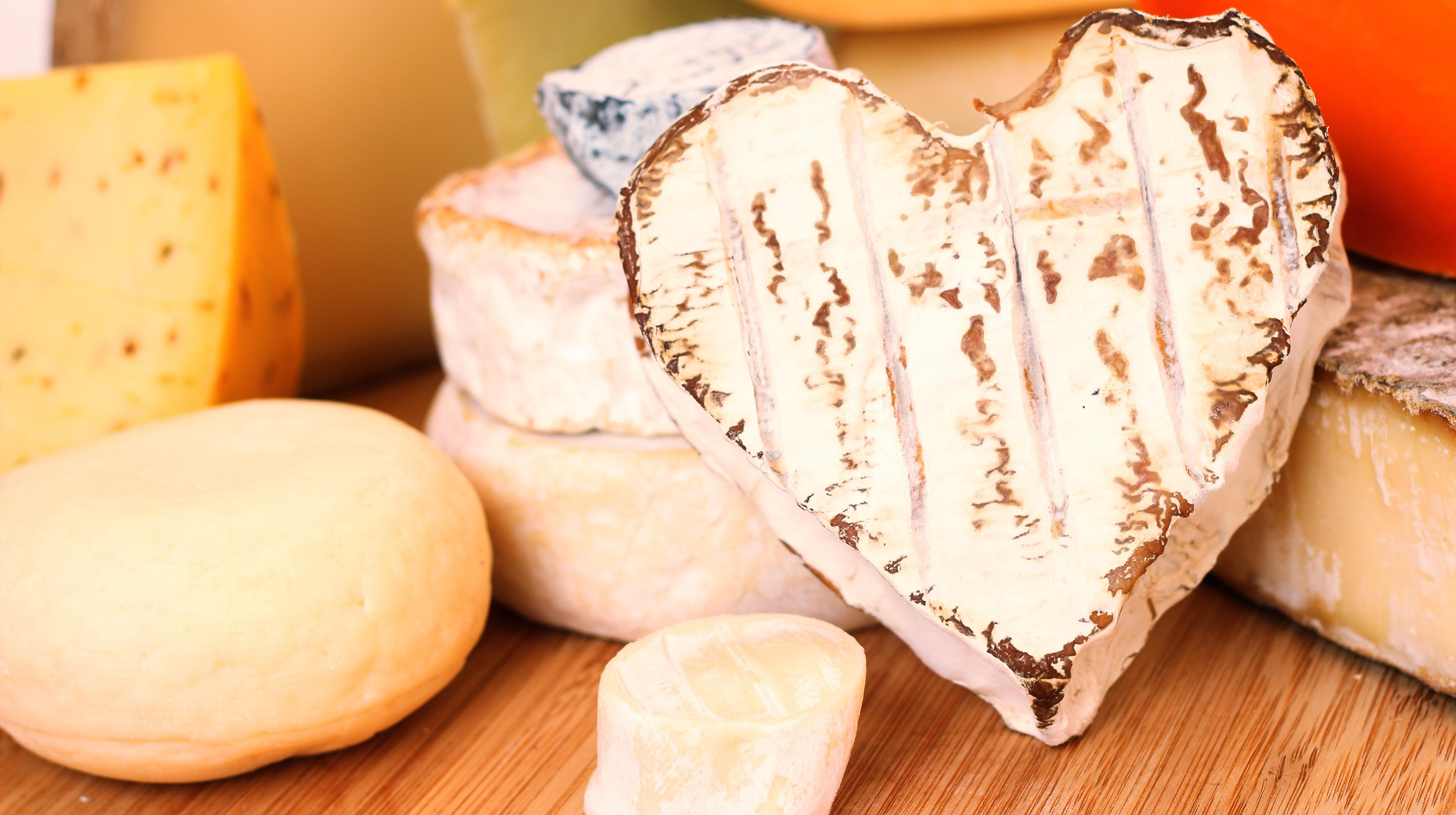What's The Difference Between Cream Cheese And Neufchâtel?
This is one cheesy origin story we all want to know about.
As I spread a bit of Philadelphia 1/3 less fat cream cheese on my bagel this morning, I thought of the rows of cream cheese in the grocery store, the many blocks and spreadable options lined together in a refrigerated aisle. And then I think about the one standout—Neufchâtel cheese. There this cheese is with all the other cream cheeses and yet it bears a different name.
What about this cheese sets it apart from the blocks of cream cheese it sits next to? Are these cheese cousins or are they completely different? Many baking recipes require one or the other, so there must be some key differences otherwise it wouldn't be worth it to distinguish the two.
The difference between Neufchâtel cheese and cream cheese
The origins of these two cheeses are part of what sets them apart from each other. Neufchâtel cheese originates from France and for it to be truly considered traditional Neufchâtel, it must come from there, explains MasterClass. Much like Champagne and the tension-filled battle surrounding Gruyere cheese, the homeland of Neufchâtel plays an important role in its definition.
Cream cheese on the other hand is "all-American," having originated in New York. It wouldn't be wrong to look at cream cheese as the Americanized version of Neufchâtel considering it was first made in a Neufchâtel factory. Cream cheese was accidentally invented by a man named William Lawrence when he put in a bit too much cream as he was trying to make Neufchâtel cheese.
French Neufchâtel cheese is made from pasteurized cow's milk, wrapped in a soft rind, and allowed to mature so it forms an edible rind after at least six weeks. Neufchâtel was also historically made in a heart shape. The legend attached to this tradition is that French farm girls fell in love with English soldiers during the Hundred Years War and would gift them these little cheese valentines. Cream cheese is made in almost the same way but with the addition of cream and without the romantic folklore.
In terms of taste and cheese formation, Neufchâtel contains less milk fat and has a higher moisture content than cream cheese. However, traditional Neufchâtel can be described as having both a grainier texture and a tangier flavor than American cream cheese. This can be attributed to the aging process that Neufchatel undergoes which cream cheese does not.
Cream cheese and Neufchâtel substitutes
This part is super simple. Although the two cheeses have their differences, they can easily be swapped one for the other in most recipes like cheesecake and cream cheese frosting. This is especially true in the United States, as there are "American Neufchâtel" cheeses that even more closely resemble cream cheese than traditional Neufchâtel.
Whatever way you cut it, these cheeses are soft, tangy and delicious. Use them wisely.
